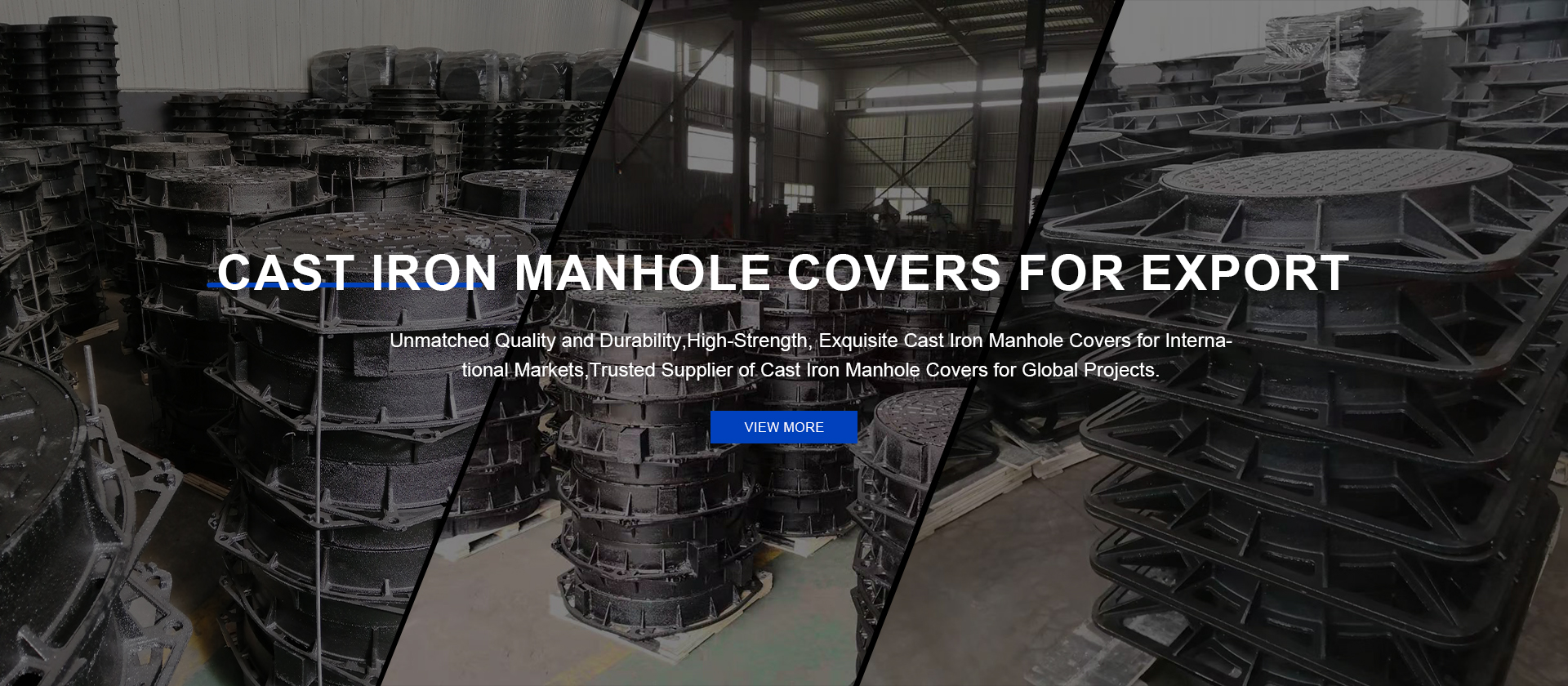...
2025-08-15 01:52
1672
...
2025-08-15 01:43
2330
...
2025-08-15 01:27
1121
...
2025-08-15 01:18
2356
...
2025-08-15 01:16
1233
...
2025-08-15 01:01
2182
...
2025-08-15 00:19
1811
...
2025-08-14 23:49
2235
...
2025-08-14 23:35
266
...
2025-08-14 23:23
1408







